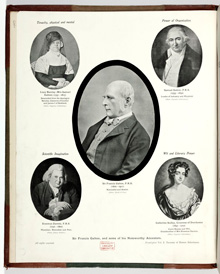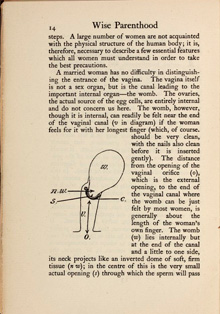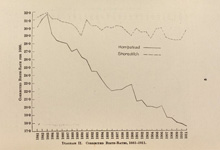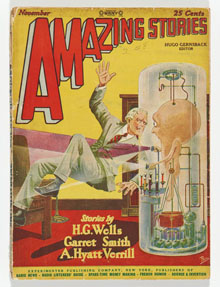Brave New Worlds

In the 1920s ‘Fitter family’ and ‘Better baby’ contests were judged alongside agricultural produce competitions at American state fairs. These major events for rural communities featured small exhibitions sponsored by the American Eugenics Society that included this board with flashing lights. American Philosophical Society, Philadelphia.
Reproductive practice and debate changed dramatically between the Victorian era and World War II. As a mass reading audience was created for the first time, campaign tracts, illustrated magazines and early films brought reproduction to the centre of public attention. Contraceptives were so controversial that the United States outlawed the promotion of birth control. Yet the birth rate fell because more men and women were choosing to have just one or two children. The loss of population fed fears of national decline. Advocates of eugenics wanted to improve the human race by exploiting theories of heredity. They worried that the middle classes were limiting their families, while the ‘unfit’ were breeding too fast. Scientists served as expert authorities in these disputes. They published in research journals and textbooks, while newspaper reports fuelled visions of babies in bottles that separated sex and reproduction completely.

The frontispiece to the first volume of the Treasury of Human Inheritance (1912)founded by Karl Pearson memorializes the recently deceased Francis Galton and the background to eugenics. S380:01.a.2.2, frontispiece

In Wise Parenthood (1918), the palaeobotanist turned birth-control campaigner Marie Stopes promoted the cervical cap, which had the advantage of being under the woman’s control. S300.d.91.4, p. 14

The graph from the National Birth-Rate Commission’s The Declining Birth-Rate: Its Causes and Effects (1916) shows the birth-rate had plummeted in middle- and upper-class Hampstead, while staying steady in working-class Shoreditch. Lib.6.91.264, p. 6



